How to Tell If Your Plant’s Soil Is Well Drained: 7 Simple Steps
-

- Last updated:
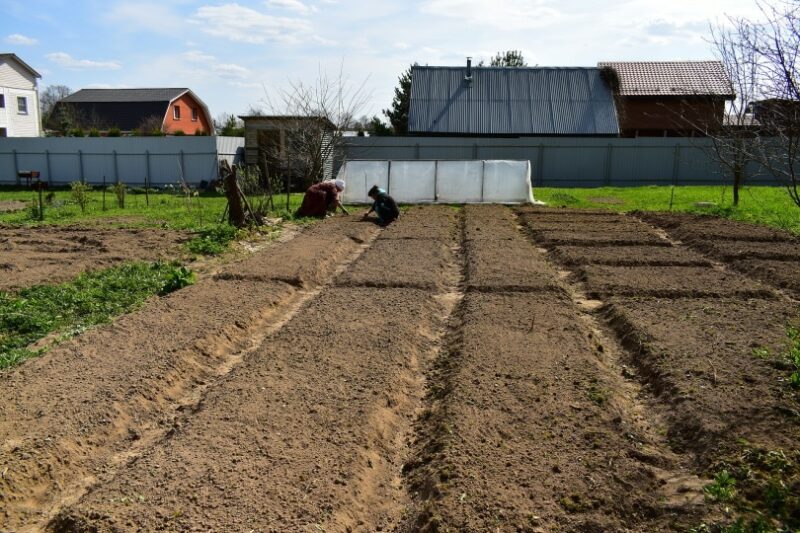
When you go to check a plant’s needs, it will tell you light requirements, water requirements, and soil type. Many plants require well-drained soil. That sounds great on paper, but how do you know if you have well-draining soil? Not all soil is well draining, and planting in the wrong type of soil can cause plants to falter and fail. The good news is that you can test your soil and get a good idea of how the soil drains so you can tailor your garden to your plant’s exact needs.

Preparation
| Time: | 24 hours |
| Complexity: | Basic |
- Water
- Soil you want to test
- Trowel or shovel
- Ruler or tape measure
- Pen and paper

The 7 Ways to Tell If Your Plant’s Soil Is Well Drained
1. Dig a Hole
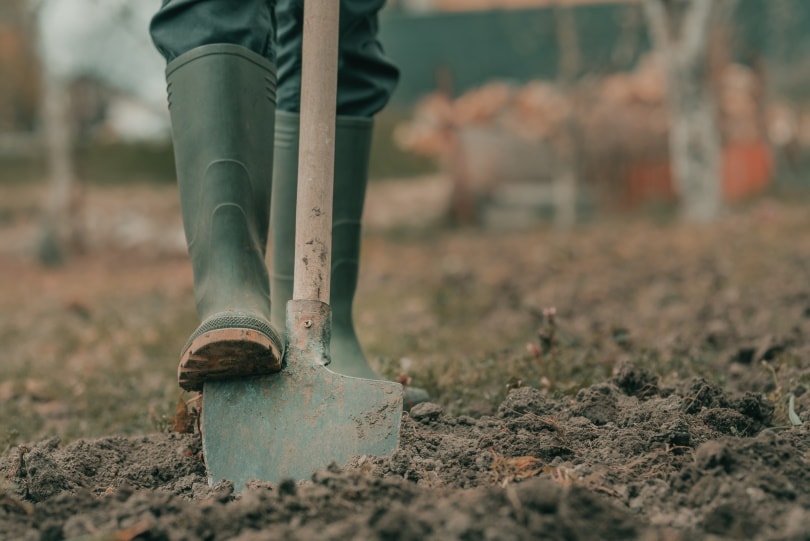
The first thing you want to do is to dig a hole in the soil that you want to test for drainage. The hole should be roughly twelve inches across by twelve inches deep. If you are testing outdoor soil, you can make the hole bigger, up to 18 inches wide by 18 inches deep.
2. Fill the Hole with Water
The next step is to fill the hole with water. Any water will do. Using a hose or bucket, fill the hole to the top with standard water.
3. Allow the Water to Drain Completely
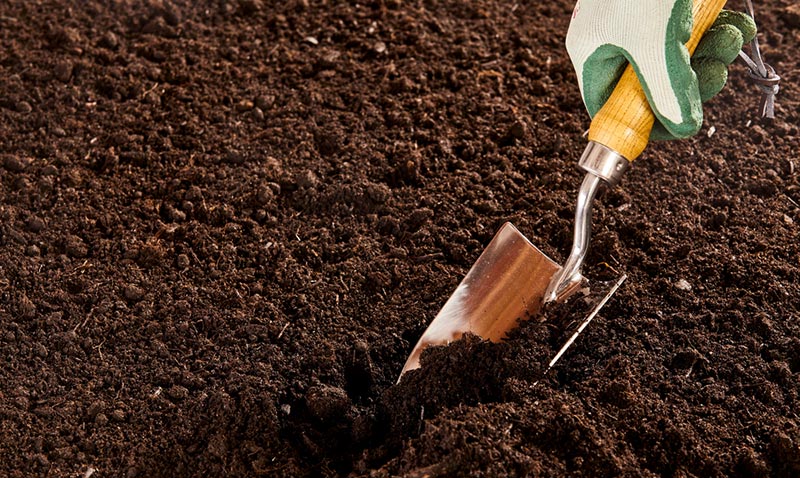
Let the water drain completely. You do not have to watch this part of the process. Just leave the water and come back and check it later. You can even wait overnight if you want. All you want is for the water to cycle through the soil once, so you get a more accurate read on the drainage level of the soil. Dry soil always drains differently than damp soil.
4. Refill the Hole With Water
After you let the soil drain once completely, it is time to refill the hole with water. Just like you did before, take standard water and fill the hole up completely to the top. This time, you want to fill the hole at a time when you can keep an eye on it. So do not fill it up late at night or before you need to go to work.
5. Measure the Water
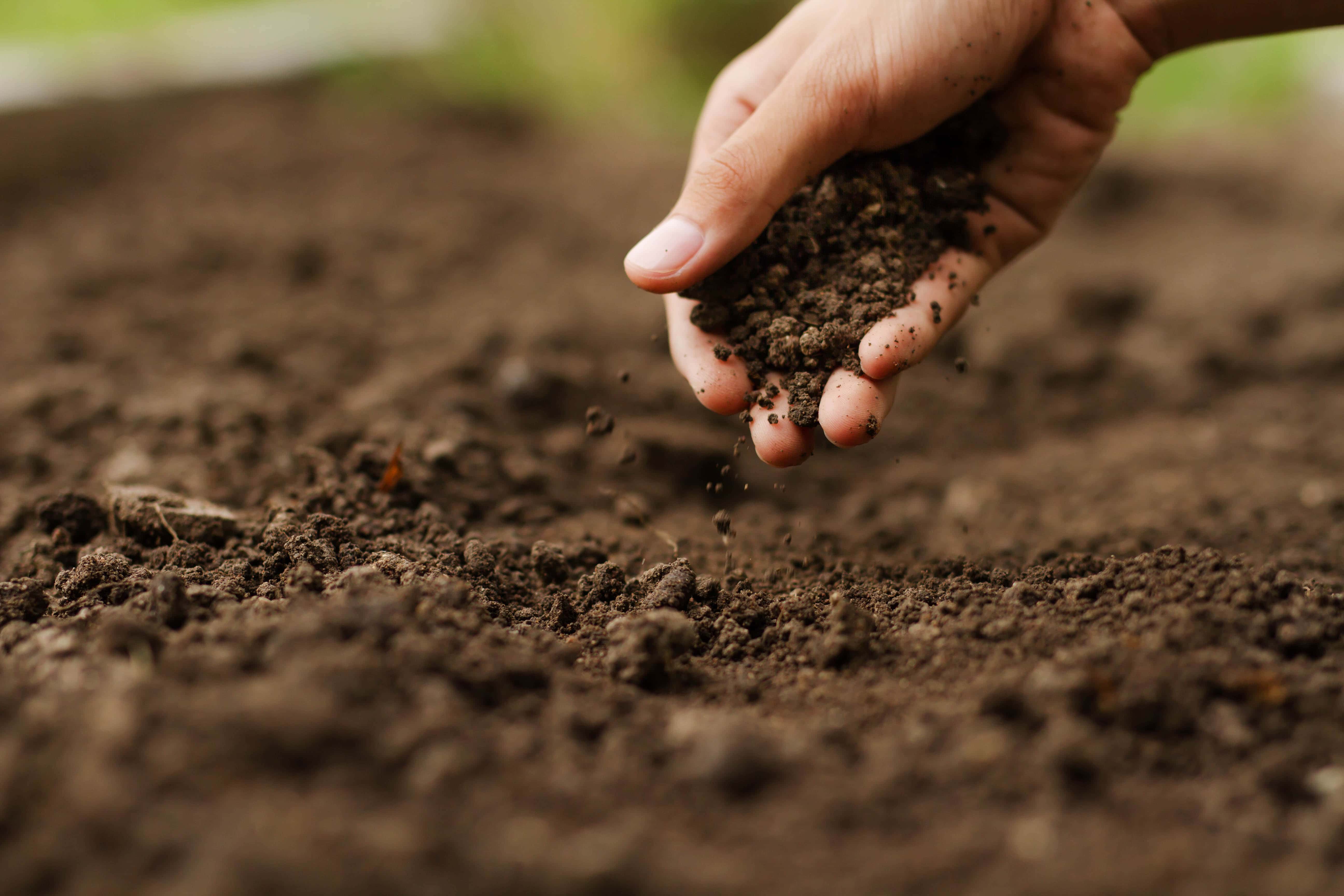
Measure the water level. You will want to use a tape measure or a ruler to get an accurate measurement. You do not need to take a super precise measurement. Just measure to the nearest inch. The measurement will help you track the drainage rate.
6. Check the Water Level Every Hour
Once per hour, measure the water level and make a note of it on a piece of paper. If your hole was 12 inches deep and your first measurement was 12 inches of water, make a note of your second measurement an hour later. Repeat this until the water has perceptibly drained.
7. Note the Rate of Change
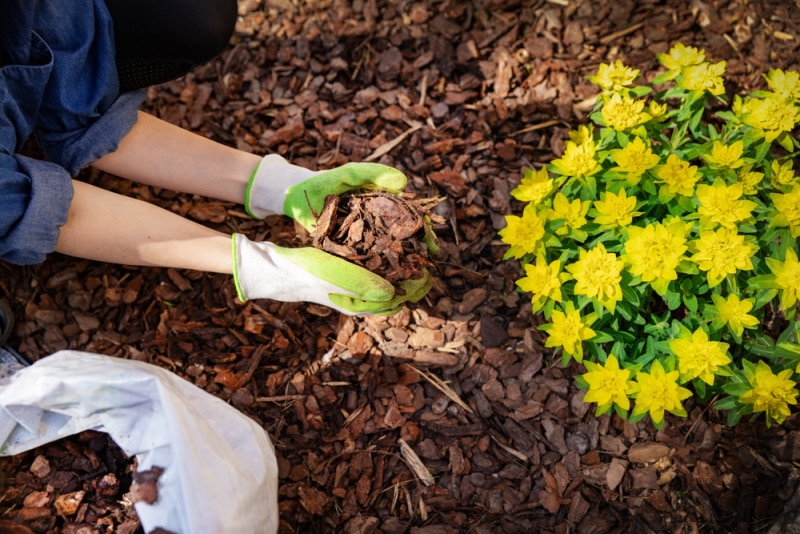
After you have a few data points to work with, you can mark the rate of change. For example, if your water drained two inches in four hours, that is a drainage rate of half an inch per hour. If your water drained four inches in two hours, that is a drainage rate of two inches per hour.
Well-drained soil typically drains at one inch per hour or more. Using that number and your measurements, you can gauge how well your soil drains.
If your soil is draining less than an inch per hour, it is considered poorly draining soil. Anything faster than an inch per hour is considered to be very porous and well-drained.
How to Improve Soil Drainage

If your soil is draining poorly, there are a few ways you can help improve drainage. One of the easiest ways to improve drainage is to add organic matter to your soil. Adding compost or dead leaves will create pockets of matter which will help the water cycle through faster. You can also add some small pea gravel to the soil if your plants can handle rocky soil. Rocks will also create space that will help water drain faster.
When working in rock or compost, or leaves, you want to dig down about as deep as you dug your initial holes to ensure that the material is dispersed throughout the soil layer. If your soil remains compacted below the surface, it can still cause water to sit around your plant’s roots and cause rot.
Why Do You Need Well-Draining Soil?
Many plants thrive in well-draining soil. Soil that holds too much water will cause moisture to congregate around the roots of your plant. Wet, heavy soil has drawbacks for many plants, including root rot and mold. These issues can quickly cause a plant to suffer or even die. If you need to know what type of soil your plants like, you can look it up.
The common types of soil include sandy, rocky, well-draining, dry, and compact. Most plants like well-draining soil as a general rule, but not all of them. Some plants, like orchids, like rocky soil. Other plants like sandy soil. Planting your sprouts in the correct soil is the best way to ensure good results down the line.
Conclusion
You can get a gauge of your soil’s drainage level by running water through the soil. Digging a simple hole and waiting for it to drain to nothing is the best way to tell how well your soil drains. If you need well-draining soil, you want drainage rates that are in excess of one inch per hour. If you are not reaching those rates, you will likely need to try and add something to the soil to help it drain faster; otherwise, you could harm your plants with heavy soil.
Featured Image Credit: ромов, Pixabay
Contents


